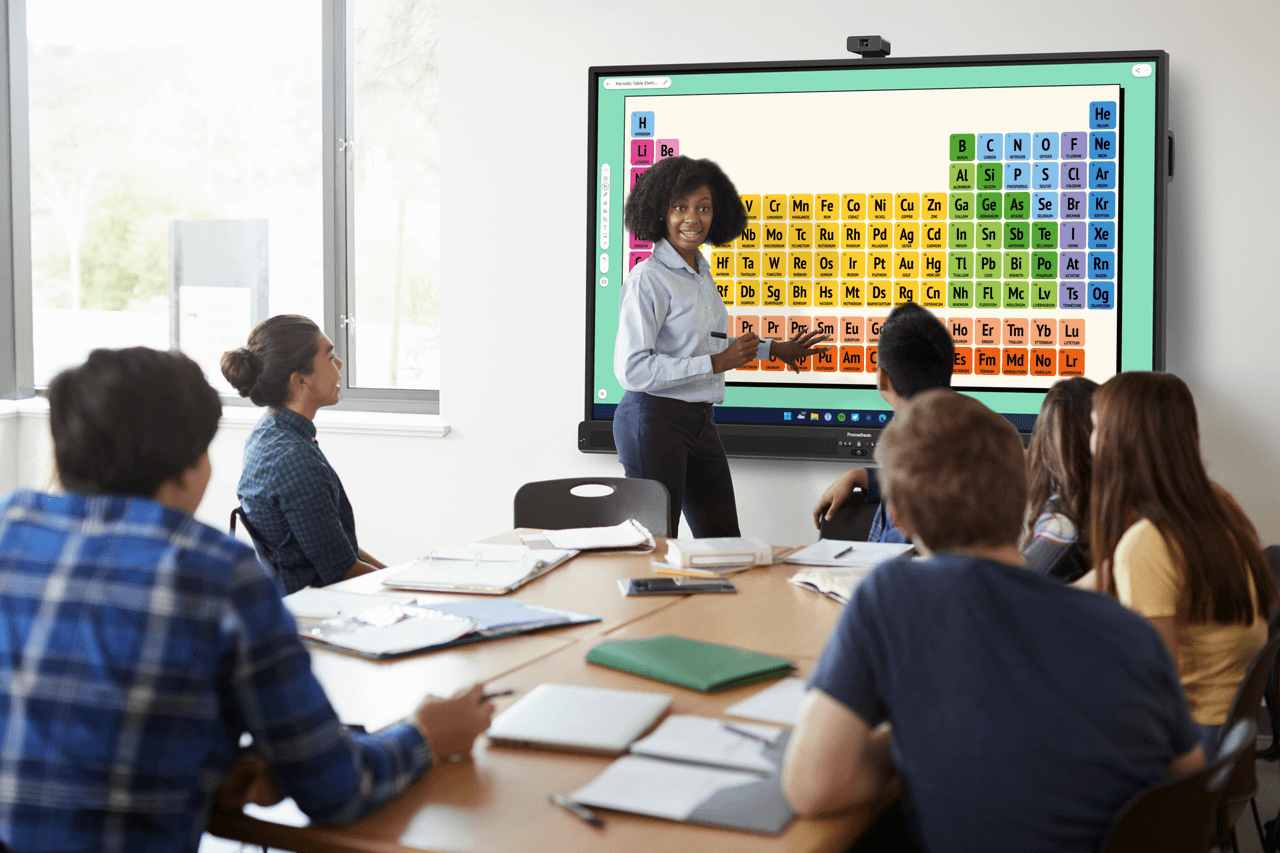Published on January 9th, 2023
Teaching techniques for social and solitary learning styles
6 minute read

For some, group projects present an exciting opportunity to learn and engage with their peers. Others find these types of collaborative efforts only cause stress and reluctance.
Why such a disconnect? Simply stated, not every student approaches learning in the same way.
Researchers unlocking the secrets of how we learn and generate motivation discovered a variety of unique types of “intelligence.” The learning style your student prefers directly impacts their ability to absorb the lesson.
Today, we’ll discuss some of the core teaching techniques for two types of learning: interpersonal, or social learners and intrapersonal, or solitary learners.
Social vs. solitary learning
Interpersonal learners thrive in collaborative settings. These social learners prefer group assignments, class-based lesson planning, and active learning.
In contrast, intrapersonal learners prefer their independence. These solitary students require personal space, quiet, and focus to maximize their learning capabilities.
Understanding these learning styles helps teachers differentiate instruction so it stays engaging and effective for all.
Motivation
It’s vital that educators first identify how their students prefer to learn. What excites them? What activities do they respond to? Do all of your students learn the same way?
Social learners find motivation in their peers. Communicating with one another helps to develop new mental associations, build collaborative skills, and even identify unique strengths.

Solitary learners require space to self-reflect. Away from other students, these learners can better regulate and focus. They tailor their approach to what works best for themselves while remaining free from the distractions associated with group work.
Academic self confidence
The more confidence a student has, the more likely they are to try new things, attempt challenging assignments, and motivate their fellow students.
For social learners, confidence is built through affirmation from peers. For example, a group project that requires students to create a design for an imaginary flag allows social learners to engage with one another. This process of creation is highly important for developing your student’s academic self-confidence.
For solitary learners, having the space to learn at their own pace allows them to succeed on their terms. Here, self-confidence is derived from self-reflection and reinforced through praise and affirmation from their teachers.
Temperament
A student’s temperament has a clear and noticeable impact on their ability to learn. Activity level, mood, and sensitivity to stimuli are all components of temperament.
Even if multiple students share a particular learning style, their individual temperaments can have a dramatic impact on the efficacy of your lesson.
Building strong relationships with your students lets you differentiate your approach according to their individual needs. Chatty students with lots of energy and enthusiasm might be better placed in group settings. Meanwhile, quiet, introspective students with a low tolerance for outside stimuli would prefer to work alone.

Promethean smart panels are packed with tools for social and solitary learners
Promethean smart panels come pre-loaded with a variety of educational games and tools.
With a smart panel and ActivInspire, Promethean’s collaborative teaching software, educators can create lessons and activities to engage with even their hardest-to-reach students. Below we discuss a few of our favorites.
Tools for social learners
Whiteboard app
The whiteboard app supplements lessons with live writing and drawing experiences. Educators and students alike can write, draw, and create in real time – allowing for collaborative lessons to take place, even over a Zoom session.
Dice Roller
Looking for a fun way to illustrate fractions, odds, or statistics? Using tools such as a dice roller or spinner app can introduce that exciting visual element your lesson may have otherwise been missing.
Tools for solitary learners
ClassFlow
ClassFlow is a free cloud-based teaching platform designed to facilitate both remote and hybrid learning. Educators can quickly and seamlessly create new lessons, invite students to participate in activities and assessments, and even reward students with personalized achievement badges.
For the solitary students that still report to class remotely, ClassFlow ensures they’re given all of the same opportunities to succeed as their in-person peers.
Timer App
Do some of your students struggle to self-regulate? The timer app is a handy tool for setting limits for activities or instruction time. This lets self-motivated students better manage their time and remain focused when they need to be.
More tools for social and solitary learning
With Promethean smart panels and essential apps, educators can take charge of their activity planning in unique and exciting ways.
Using proper edtech and lesson delivery software provides educators and students alike with many benefits – including improved lesson retention and increased academic motivation.
Request a demo today to see the Promethean ActivPanel in action.




